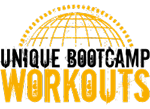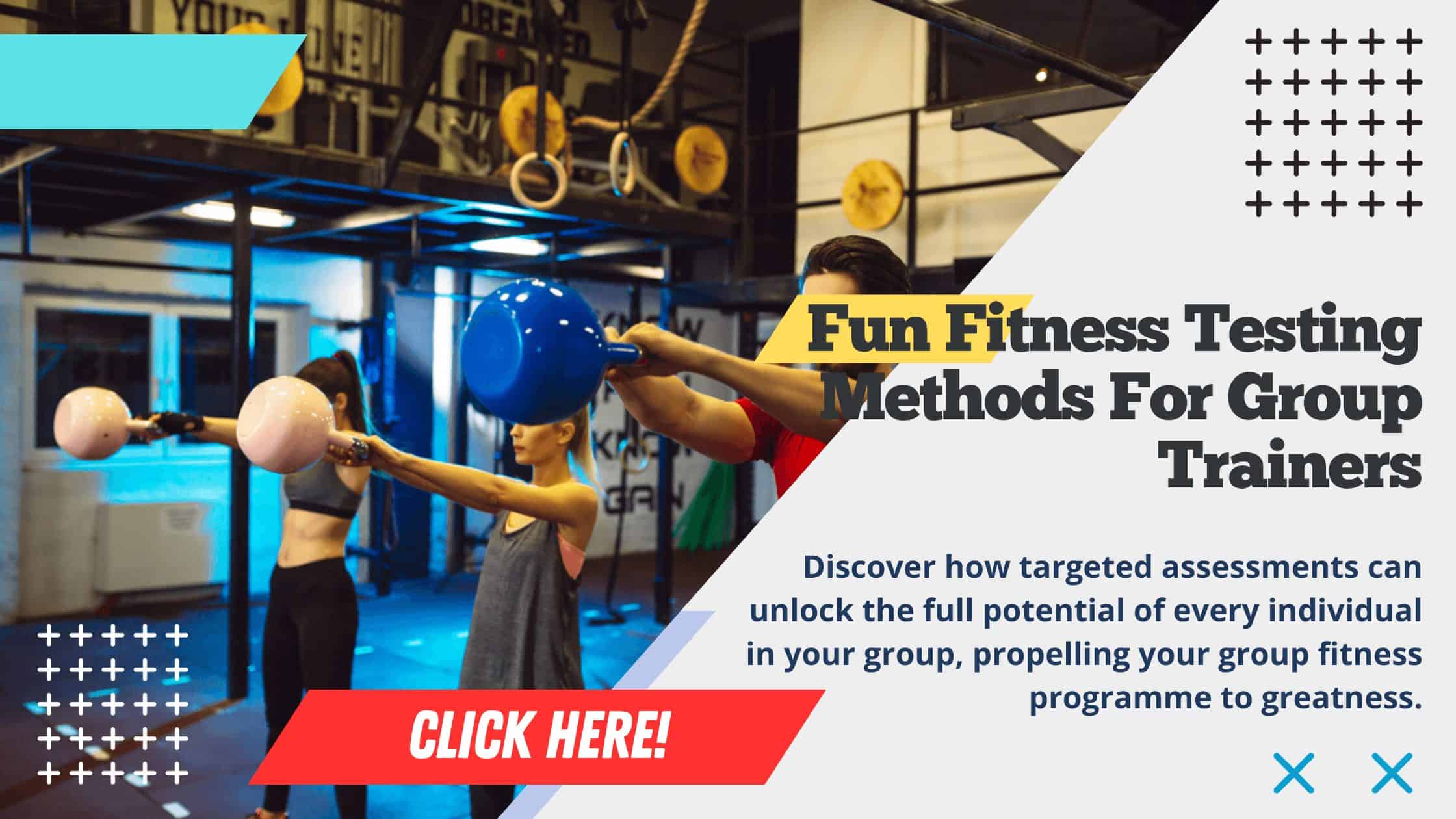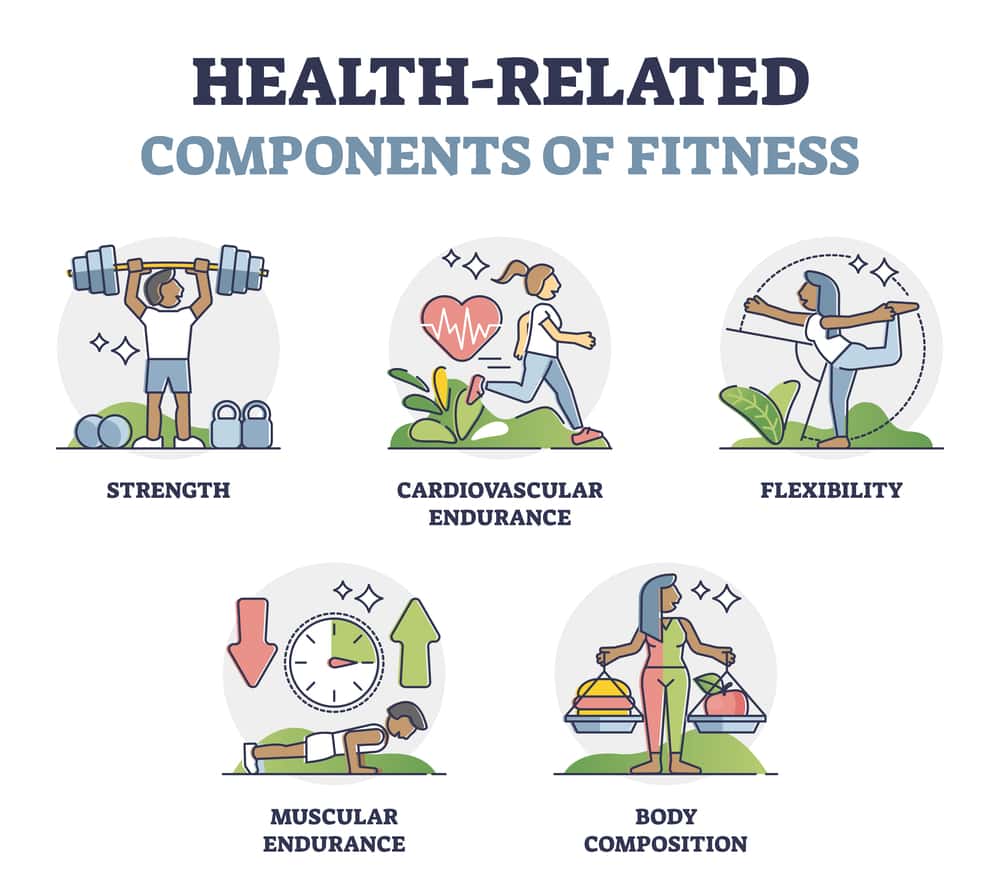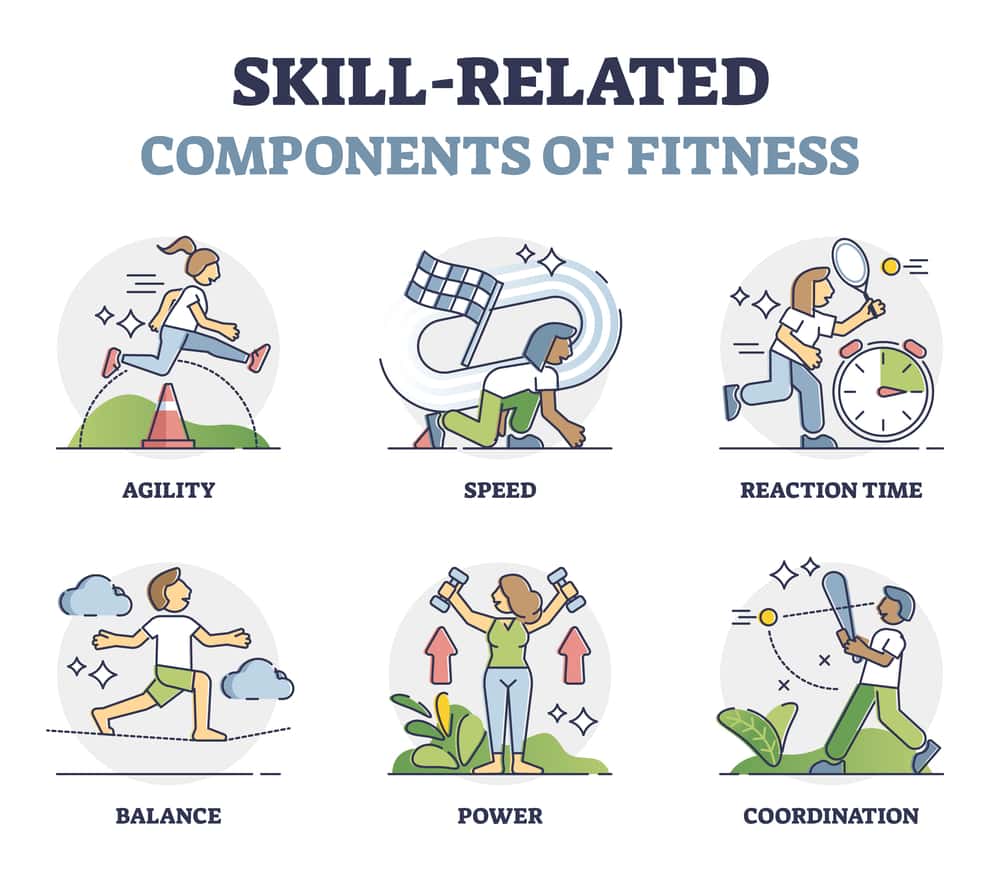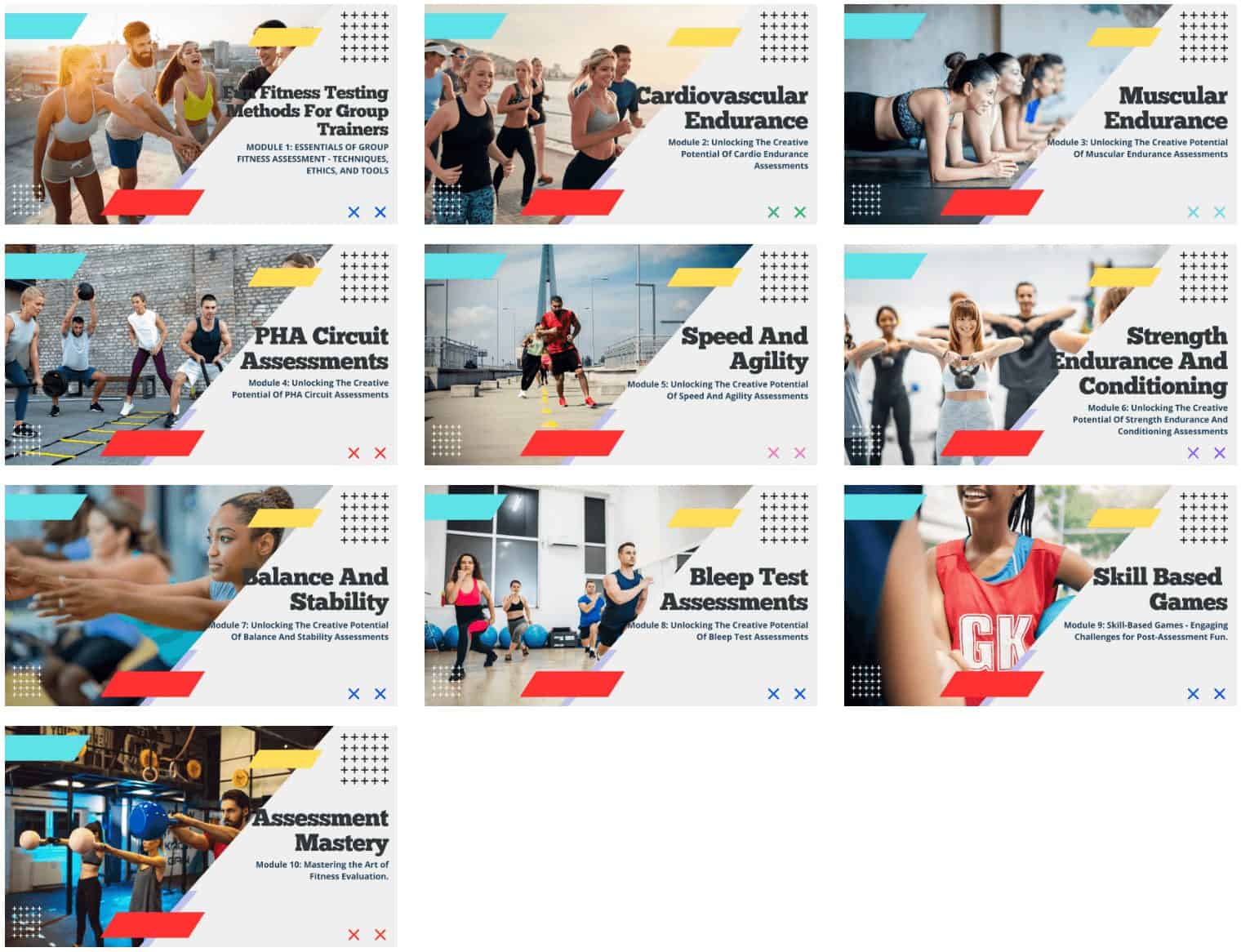In the world of group fitness training, keeping clients engaged, motivated, and on a clear path to progress is paramount. Yet, one important element often overlooked is fitness testing.
While many trainers excel at crafting high-energy, impactful workouts, the mention of fitness assessments can conjure images of tedious, even daunting, sessions that feel more like a chore than an integral part of a client's fitness journey.
And that's why I created Fun Fitness Testing Methods For Group Trainers.
The Essential Components of Fitness and Their Traditional Tests
Fitness is a multifaceted concept, encompassing various components that contribute to overall health and performance. Group fitness trainers should aim to test their clients across all these domains to get a comprehensive view of their fitness levels.
Here’s a look at the key components you should be testing.
- Cardiovascular Endurance: Often measured by the Cooper 12-Minute Run Test, where clients cover as much distance as possible in 12 minutes. This test gauges the efficiency of the heart, lungs, and circulatory system.
- Muscular Strength: Typically evaluated using the One Rep Max Test (1RM), which determines the maximum weight an individual can lift for one repetition. It's a standard for assessing the utmost force one can exert.
- Muscular Endurance: The Push-Up Test (as many push-ups as possible without rest) is commonly used to measure muscular stamina, particularly in the upper body.
- Flexibility: The Sit and Reach Test is a traditional method where individuals stretch to touch their toes while seated, measuring the flexibility of the lower back and hamstring muscles.
- Body Composition: The Skinfold Caliper Test, where measurements are taken at specific body points to estimate body fat percentage, is a conventional approach.
- Speed: Assessed by short-distance Sprint Tests, often over 40 meters, to evaluate acceleration and maximum running speed.
- Agility: The T-Test is a classic involving quick directional changes to test how rapidly an individual can move around the court or field.
- Balance: Measured by tests like the Stork Stand Test, where individuals must maintain balance on one foot for as long as possible.
- Power: The Vertical Jump Test is used to measure the power of the lower body by assessing how high an individual can leap from a standstill.
- Reaction Time: The Ruler Drop Test, where one must catch a falling ruler as quickly as possible, is a simple measure of reaction time.
The Problem with Traditional Fitness Tests
While these tests have their place, they come with a set of issues that can hinder their effectiveness in a group fitness setting:
- Intimidation: Traditional tests can be daunting, making clients feel they are under a microscope, which may lead to anxiety and decreased performance.
- Boredom: Many of these tests lack the excitement and engagement that keep clients motivated. The repetitive and static nature of traditional tests can lead to disinterest.
- One-Size-Fits-All Approach: These tests often don't account for individual differences in fitness levels, goals, and abilities within a group setting.
A Fresh Approach with 'Fun Fitness Testing Methods For Group Trainers'
Our course, 'Fun Fitness Testing Methods For Group Trainers', provides a refreshing alternative to these traditional tests.
- 10 Modules, 117 lessons, 200 Unique exercises
We've reimagined fitness assessments to make them engaging, inclusive, and enjoyable without sacrificing the precision and usefulness of the results.
With our innovative approach, trainers can conduct assessments that clients look forward to, boosting participation and retention.
This course is the solution to the tedious and intimidating nature of conventional fitness testing, ensuring that both trainers and clients can have fun with fitness.
